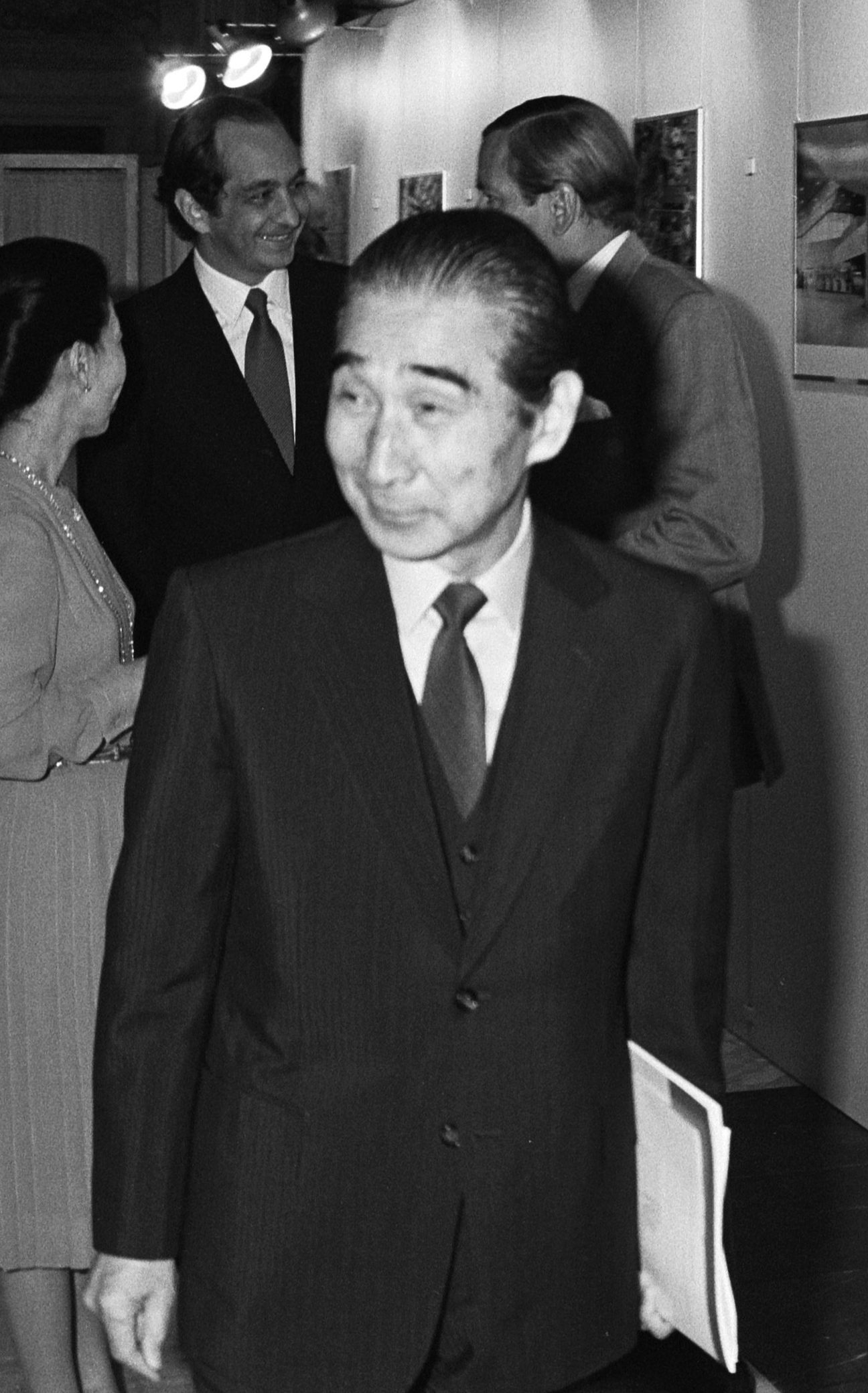Kenzō Tange
 was a Japanese architect. Born in Sakai and raised in China, Tange was inspired from an early age by the work of Le Corbusier and designed his first buildings under Imperial Japan. He first achieved recognition for his projects to reconstruct the destroyed cities of postwar Japan, particularly Hiroshima, where he designed the Hiroshima Peace Memorial Park. His engagement with the Congres Internationaux d'Architecture Moderne in the 1950s made him one of the first Japanese architects to achieve international recognition.
was a Japanese architect. Born in Sakai and raised in China, Tange was inspired from an early age by the work of Le Corbusier and designed his first buildings under Imperial Japan. He first achieved recognition for his projects to reconstruct the destroyed cities of postwar Japan, particularly Hiroshima, where he designed the Hiroshima Peace Memorial Park. His engagement with the Congres Internationaux d'Architecture Moderne in the 1950s made him one of the first Japanese architects to achieve international recognition. Renowned for synthesizing traditional Japanese styles with modernism, Tange's work was emblematic of the Japanese postwar boom. However, he built major projects on five continents. He was a forerunner, mentor, and patron of the metabolist movement. He was also known as an ambitious, original urban planner whose ideas inspired the reconstruction of cities including Skopje. Tange would continue designing buildings until his death in 2005.
Tange won awards for his contributions to architecture, including the Royal Gold Medal in 1965, the AIA Gold Medal in 1966, the Praemium Imperiale for Architecture in 1993, and the Pritzker Prize, the "Nobel Prize of architecture", in 1987. Provided by Wikipedia
